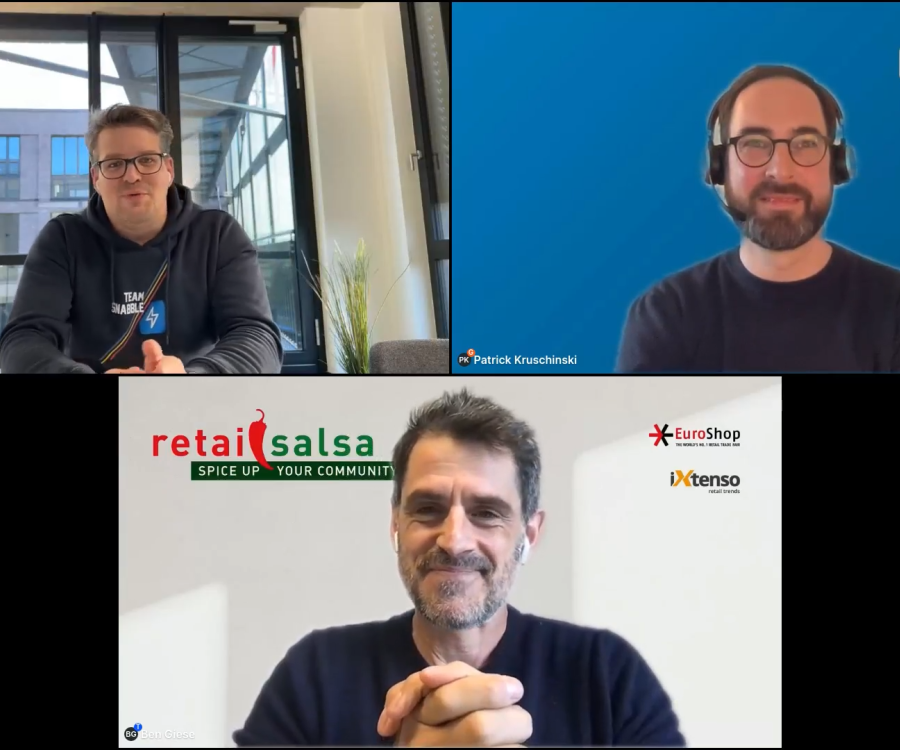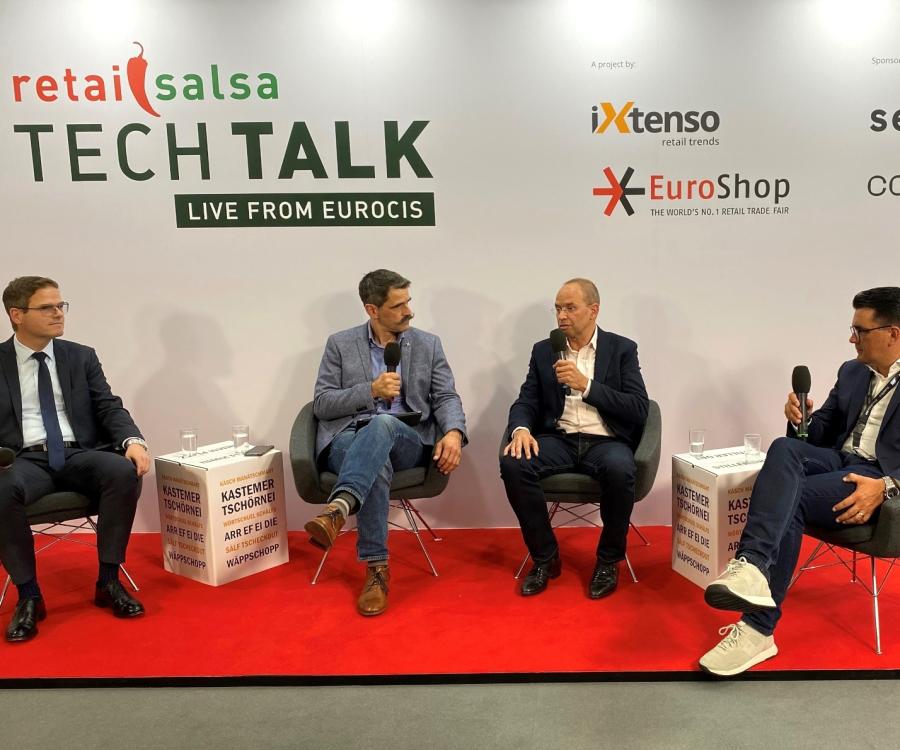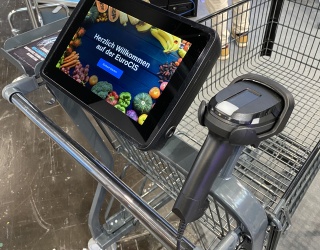One of the biggest benefits with self-checkouts is that the process feels faster and more convenient. The customers are more prone to leave the store with a smile after a few more minutes by the self-checkouts than after a shorter amount of time standing in line. Why is this?

What is the self-checkout paradox?
The paradox with self-checkouts is that the shopping experience feels faster and more efficient than with traditional checkouts, even though the actual time at the self-checkout takes a bit longer. The feeling of a faster shopping experience makes them exit the store with a more relaxed attitude. This is very beneficial for retailers since the checkout experience is the last thing the customer remembers when walking out. And when you create positive feelings around the store, the customer is more likely to come back.
A faster shopping experience
While standing in line, customers usually feel like they’re wasting time. A big benefit with the self-checkout paradox, for both customers and retailers, is that it reduces the negative experience of lines and the feeling of spending endless time in the store. For customers, being in motion provides a faster and less frustrating experience. Instead of standing in line and waiting for other people, they’re in charge and in control of their own time while scanning items. Being in motion – while self-scanning groceries for example – is shown to create a feeling of calm, a more customer-friendly substitute for the feeling of stress that lines cause.
For retailers, fewer and shorter lines means less staff. You actually only need one cashier to handle up to eight (and in some environments even more) self-checkouts. This is not only cost effective – a more attentive shopping experience occurs when the remaining staff is free to interact and establish real connections with customers. A problem with lines is that some customers, especially the ones purchasing smaller items, find them so irritating that they rather leave the store without making a purchase than waiting. With self-checkouts, retailers have a chance to meet these customers’ needs instead of risking to lose them to smaller corner shops nearby – a clear transactional benefit with the Self-Checkout paradox.
How do you avoid interventions?
An important topic to mention while discussing this paradox is interventions – and above all, how you reduce them. An intervention is when something happens at the self-checkout that requires an action by a staff member. Interventions can ruin the positive feeling that the self-checkout paradox provides. Interventions are frustrating, but there are ways to avoid them and still provide a fast and painless shopping experience. First of all, you need to be aware of the items in your store that are prone to cause interventions. Find them and analyse the root of the issue. The item might for example miss a bar code and need a more distinct picture to be identified by.
It’s also beneficial to invest in a self-checkout solution without gates. The security gates become another obstacle for the customer since they need to scan their receipt to exit. This action is shown to cause frustrations and more interventions when the receipt gets lost or the scanning fails. Remove friction by removing the gates. Without gates, the balance between security and speed can be accomplished with a weight-based self-scanning solution. A system with a weight-based database ensures that all items are scanned before the customer puts them in shopping bags and exits the store.
To sum up, the shopping experience feels faster and more relaxed with self-checkouts. By requiring less staff and providing a valid solution for customers who wants to purchase smaller items, the self-checkout paradox also comes with great transactional benefits.
Read more here: https://uk.strongpoint.com/solutions/retail/self-service/










